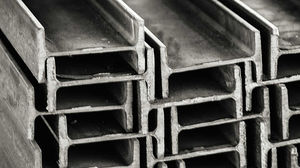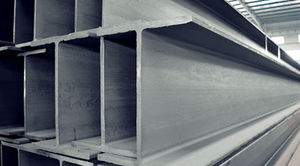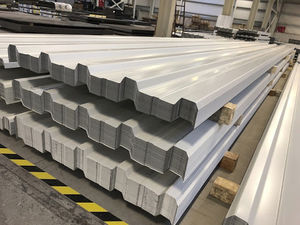
- Products
- Metal film
- Ayyildiz Sac Profil
- Products
- Catalogs
- News & Trends
- Exhibitions
Metal sheet DKPfor the food industry



Add to favorites
Compare this product
Characteristics
- Material
- metal
- Application field
- for the food industry
Description
It is manufactured in the form of liquid steel slab with continuous casting and then the end products are obtained from these slabs. In order to obtain the end products, applications such as hot rolling and cold rolling are carried out. The same products are obtained as a result of hot or cold rolling, but there are differences in their chemical properties.
As a result of the hot rolling used for the manufacture of DKP-Black sheets, the slabs are gradually thinned and their length increases. Thicknesses that vary depending on the length and number of the rolling system, are generally between 1.50 millimeters and 20 millimeters.¬ These end products are called sheet metal and are generally rolled and offered for sales. The thickness of the DKP-Black sheets produced in this way varies between 0,30 millimeters and 2 millimeters.
FIELDS OF USE
»The reason why DKP-Black sheet metal products are used in the automotive industry, white goods and ventilation products is that it has a characteristics of deep drawability.
»They are indispensable in the white goods industry due to their easy formability and keeping welding properties.
»Quality DKP-Black Sheet, which have low carbon and been subjected to alloying processes, are used in the automotive industry.
»Products used in kitchen appliances are those which are more suitable for enamel coating. In addition, other qualities such as deep drawability characteristics are also available.
»They are also used in elevators, food and chemical industries, dams and shipbuilding.
*Prices are pre-tax. They exclude delivery charges and customs duties and do not include additional charges for installation or activation options. Prices are indicative only and may vary by country, with changes to the cost of raw materials and exchange rates.













